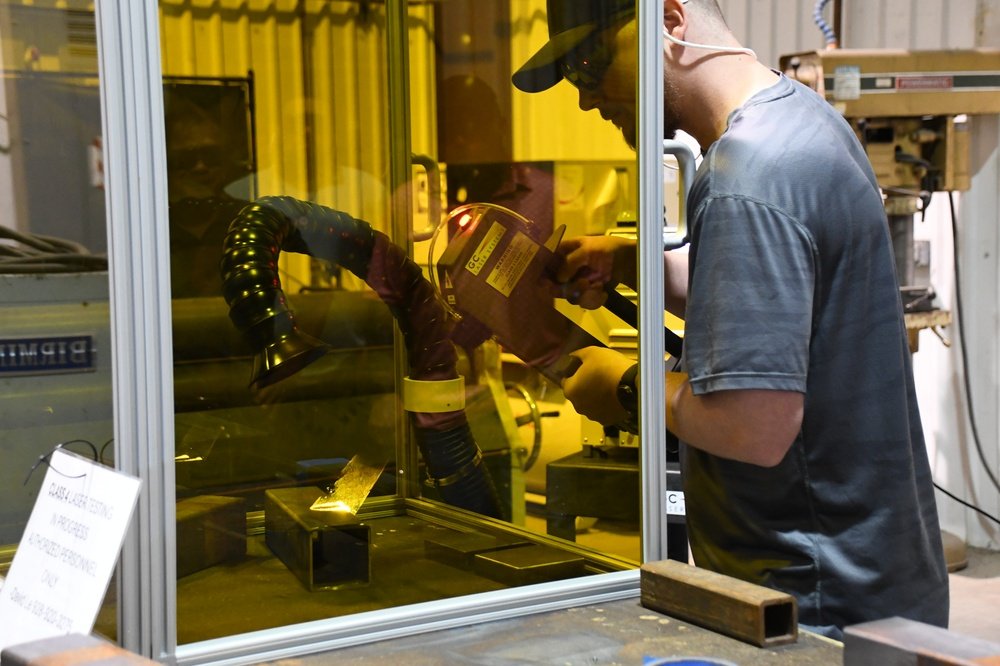Yuma Test Center Enhances Cleaning Capabilities with Laser Technology
The U.S. Army Yuma Test Center (YTC) is always on the lookout for ways to boost its capabilities and efficiency, focusing on sustainability as well. Recently, the center has invested in laser ablation cleaning systems, which meet all these goals.
Bartek Dajnowski, the president of GC Laser Systems, describes the machines as “effective, accurate, and environmentally friendly.” The laser works by targeting corrosion and deposits on copper crushers, sending pulses to stimulate the molecules of these contaminants. Ultimately, they evaporate and are vacuumed away through a HEPA filter.
YTC has acquired a fixed unit that supports both coupling and separation operations. In the combined state, the robot arm operates autonomously. However, when separated, an operator can manually detach the laser from the robot.
David Le, a seasoned mechanical engineer with expertise in non-destructive testing, has introduced this system to YTC’s physical testing facility, enhancing the efficiency of cleaning Copper Crusher Gauges. Brianna Carlson explained that these gauges are crucial for measuring the pressure of rounds during live fire testing.
Essentially, the gauges sit between the propulsion charge and the projectile, measuring pressure that, in turn, compresses a copper BB. The extent of this compression helps to determine the peak chamber pressure of each round.
While YTC plans to start generating gauges in the near future, currently it cycles through 2,000 gauges monthly, maintaining a reduced stock to support testing. This laser system notably speeds up reusability and extends lifespan.
Daniel Henry remarked on the drastic improvement, saying, “That’s an insane time lag,” referring to the old cleaning methods. Now, the laser can clean a gauge in just over a minute without needing manual labor. Zac Pettigrew noted that the same gauge can be reused several times each week, a significant leap from the previous method that involved cleaning and polishing with potentially damaging water-based solutions.
After observing the effectiveness of the lasers, Zac mentioned, “This system will eliminate the need to put them in any kind of liquid, providing enhanced life expectancy.” In late July, the GC laser system was brought to YTC for installation and to train personnel from various departments, including physical testing and machine shops. The training involved ten hours of online learning and three days of hands-on practice.
When handled in separate mode, operators are required to wear safety goggles. In combined mode, a laser-safe glass enclosure protects anyone working in the vicinity from the Class IV laser beam.
Le anticipates further applications for these laser ablation machines, especially in copper grinders. He expressed excitement about the potential for using laser cleaning on cannons and gun barrels after firing.
“We’re just beginning to explore many applications needed right now. There could be larger uses in weapon systems and test vehicles before we delve into areas like non-destructive testing, painting, and welding,” he said.







